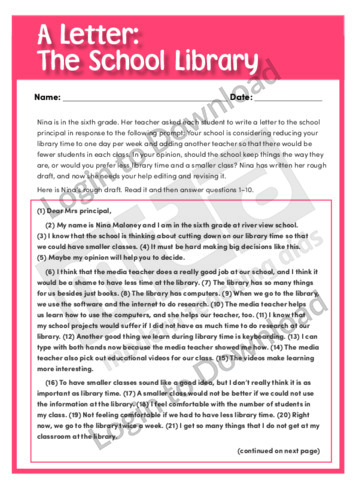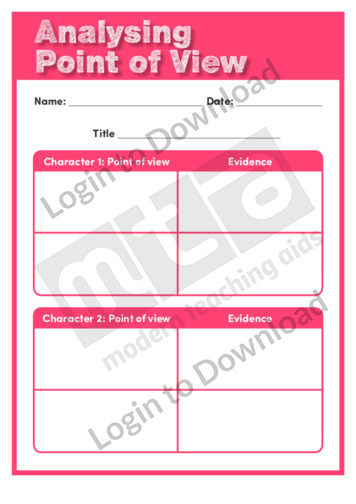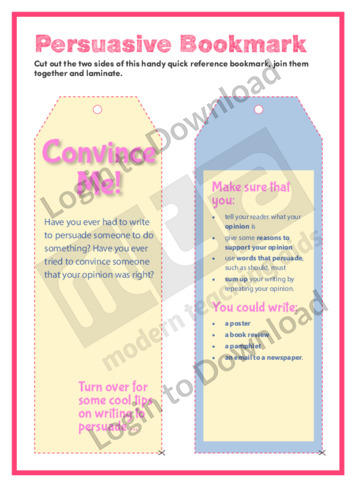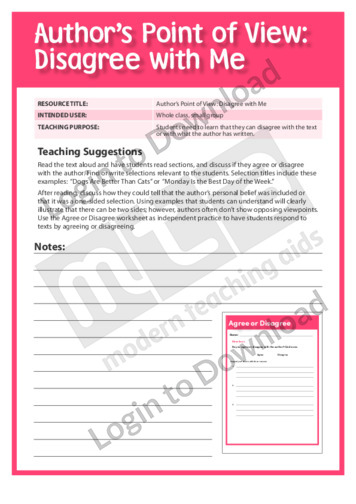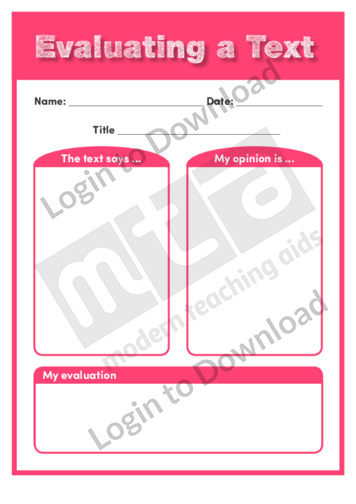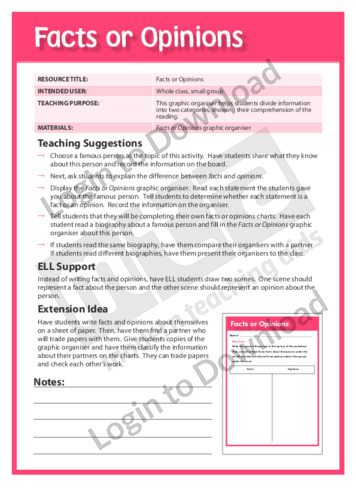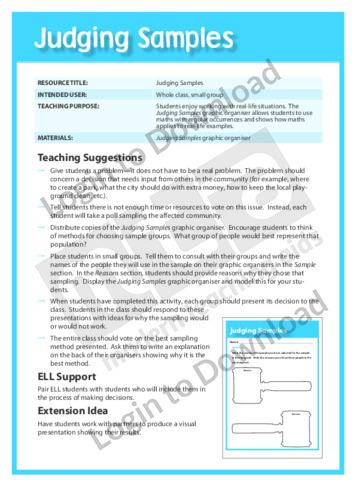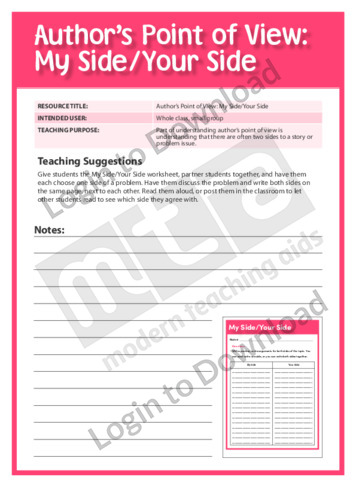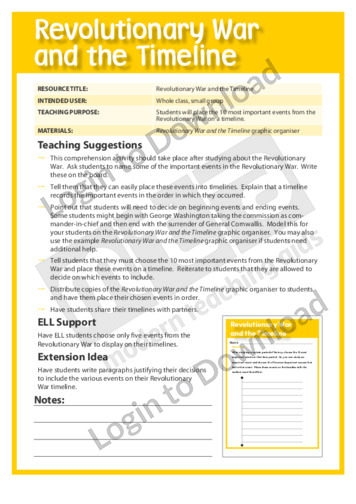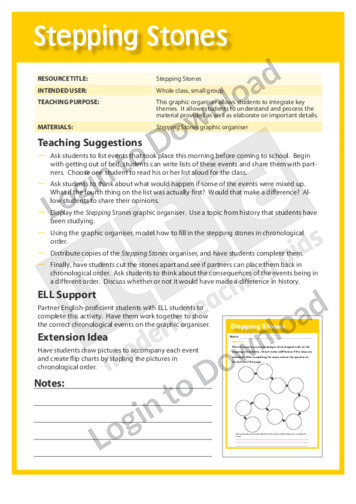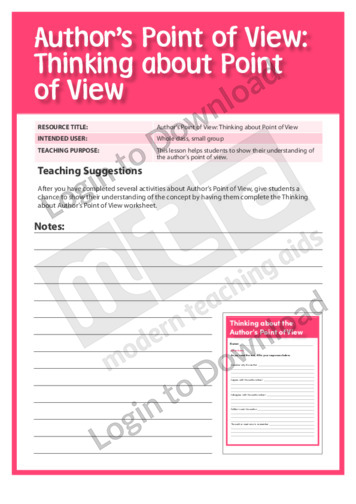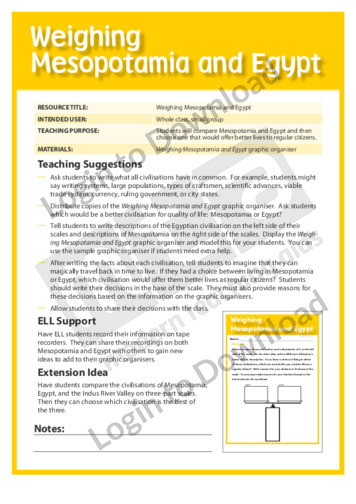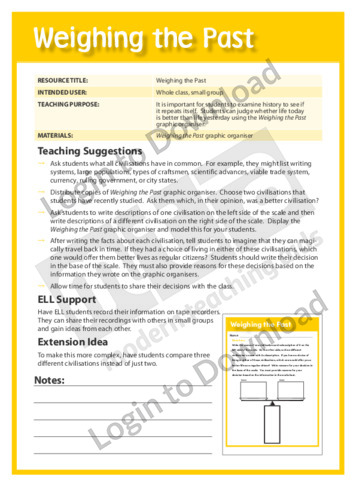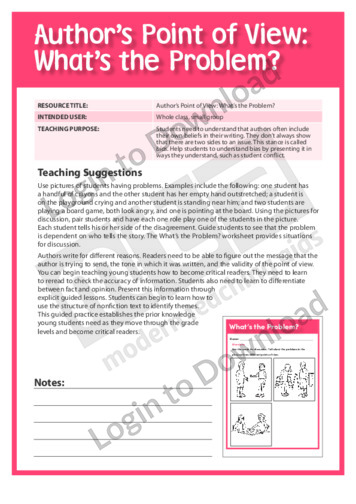This editing and revising learning activity, ‘A Letter: The School Library’ encourages students to recognise capitalisation and spelling errors, punctuation and sentence structure. Answer sheet provided with file download.
This graphic organiser, ‘Analysing Point of View’ supports the teaching of comprehension and reading strategies by prompting students to explore the points of view of characters in a story.
This content area reading learning activity, ‘Biography,’ helps students develop an understanding of the author’s point of view using context. It is aimed at showing students how the author’s life affects his or her ideas and viewpoints that they encountered in the text.
This graphic organiser, ‘Choosing the Best Sample’ asks students to select a sample of people to poll to solve a problem at their school, then give reasons for their sample selection.
This quick reference bookmark ‘Persuasive Writing Prompt: Convince Me’ offers guidance for students as they plan and develop their writing of persuasive texts.
This content area reading learning activity, ‘Disagree with Me,’ teaches students that they can disagree with the text or with what the author has written. It is aimed at helping students to become critical readers and to understand that authors often don’t show opposing viewpoints.
This graphic organiser, ‘Evaluating a Text’ supports the teaching of comprehension and reading strategies by prompting students to record their responses to a text.
This graphic organiser, ‘Facts or Opinions’ helps students divide information into two categories, showing their reading comprehension.
This graphic organiser, ‘Judging Samples’ allows students to use maths with regular occurrences and shows how maths applies to real-life examples.
This graphic organiser, ‘Mapping the Meaning’ helps students find meaning from history, looking at how people viewed events and the reasons behind their decisions.
This content area reading learning activity, ‘My Side/Your Side,’ helps students understand that there are often two sides to a story or problem issue. It is aimed at teaching students about author’s point of view by having them work with a partner to discuss two sides of a problem.
This graphic organiser, ‘Revolutionary War and the Timeline’ asks students to place events from the revolutionary war in chronological order on a timeline.
This graphic organiser, ‘Stepping Stones’ allows students to structure key events into chronological order, looking at the possible consequences of changing the order of events.
This content area reading learning activity, ‘Thinking About Point of View,’ helps students show their understanding of the author’s point of view. It is aimed at giving students practice with analysing the authors’ point of view after they have completed several activities about the concept.
This graphic organiser, ‘Timeline’ allows students to structure events into chronological or sequential order.
This content area reading learning activity, ‘Voice,’ helps students recognise what an author’s voice reveals in a text. It has students generate a list of words to describe the voice of the writer and examples from text to back up their opinion.
This graphic organiser, ‘Weighing Mesopotamia and Egypt’ ask students compare Mesopotamia and Egypt and then decide which would offer better lives to regular citizens.
This graphic organiser, ‘Weighing the Past’ helps students examine and evaluate history to see if life today is better than life yesterday.
This content area reading learning activity, ‘What’s the Problem?’ teaches students that authors sometimes include their own beliefs in their writing. It is aimed at helping students understand bias by presenting it in ways they understand, such as student conflict.
It�s that easy!

